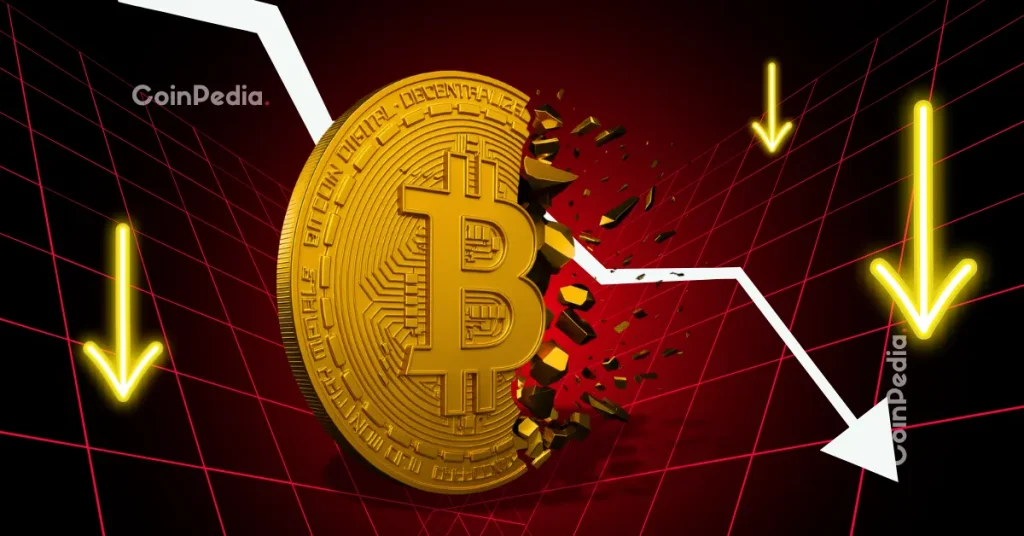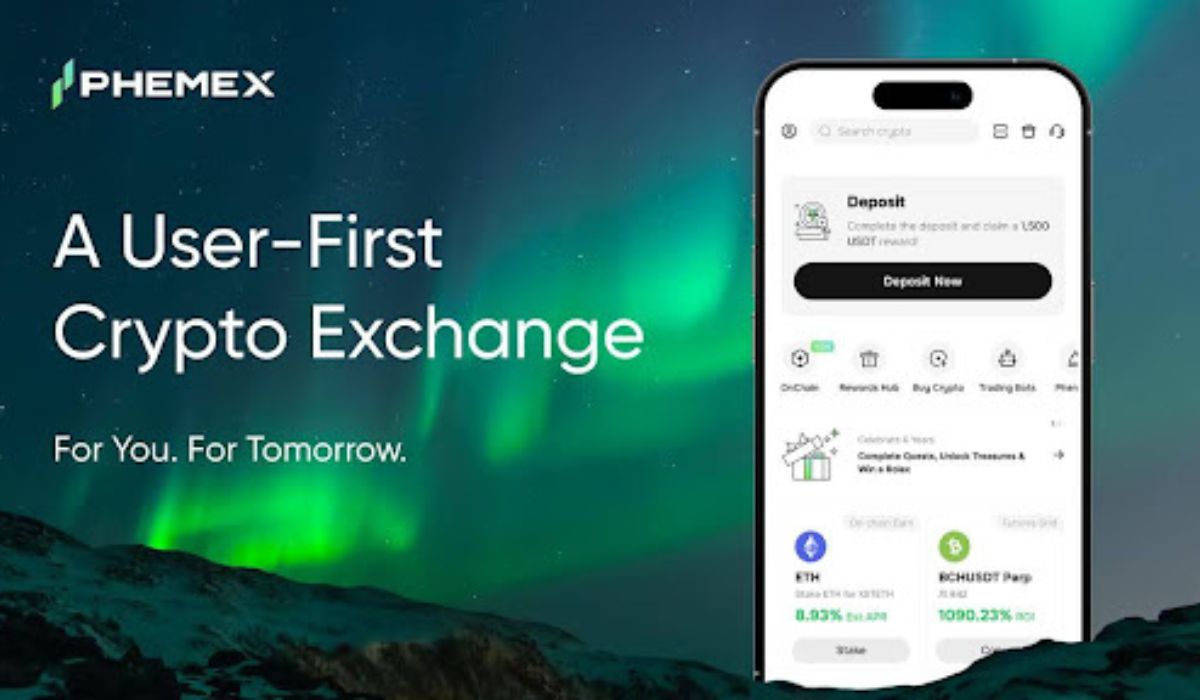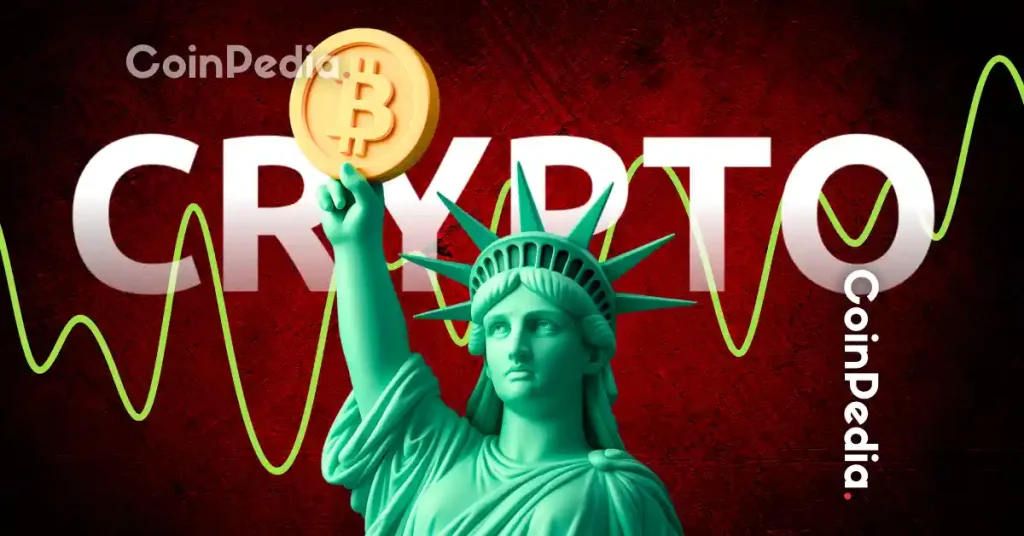In 2025, crypto regulation has become one of the most significant forces shaping market direction. Unlike the early days of decentralized finance, where innovation thrived in regulatory uncertainty, today’s digital asset market moves in sync with government policy, legal frameworks, and institutional confidence. Every time a new bill is passed, a token listed, or an exchange licensed, price movements often follow.
While regulation once frightened investors, the narrative has evolved. Many now see clear rules as a path to stability, mainstream adoption, and institutional inflows. Still, the global approach to regulation is far from uniform, and that’s exactly what’s creating volatility and opportunity across token markets.
The Global Regulatory Landscape in 2025
As of 2025, different countries have taken distinct stances on cryptocurrency oversight. The United States, the European Union, and parts of Asia have all rolled out frameworks designed to protect consumers while maintaining innovation.
In the U.S., the long-debated Crypto Clarity Act finally drew a line between securities and commodities, providing more structure for the issuance and trading of tokens. While this boosted confidence in major coins like Bitcoin and Ethereum, smaller altcoins faced tighter scrutiny, leading to short-term sell pressure.
Across the European Union, MiCA (Markets in Crypto-Assets Regulation) became fully enforceable, ensuring standardized disclosure requirements for exchanges and stablecoin issuers. This created a safer environment for investors, particularly institutional players.
Meanwhile, Asia, especially Japan, South Korea, and Singapore, strengthened consumer protection laws while encouraging blockchain startups through sandbox programs. On the other hand, stricter crypto tax enforcement in India and China’s continued restrictions dampened local retail activity.
This uneven regulatory approach has directly influenced capital flow and token price performance across regions.
How Regulation Impacts Token Prices
Regulation affects crypto prices in several interconnected ways, through market sentiment, liquidity, and long-term investor confidence.
1. Market Sentiment and Fear Reactions
Whenever a new law or ban is announced, traders often react emotionally. For example, in early 2025, rumors of a U.S. crackdown on non-compliant DeFi protocols led to a 7% drop in Ethereum-based tokens within 24 hours. However, once details clarified that innovation-safe zones would remain, markets quickly rebounded.
Fear of enforcement drives panic selling, while clarity often brings relief and recovery.
2. Institutional Inflows and Stability
Regulation has opened the door for major institutions to enter crypto safely. With clearer tax codes, registered exchanges, and regulated stablecoins, pension funds and asset managers are increasingly comfortable allocating to digital assets.
This institutional participation tends to stabilize markets by reducing extreme volatility and providing liquidity. Tokens associated with compliant projects, such as those audited or registered under new frameworks, often see price premiums.
3. Token Utility and Legal Classification
When regulators classify a token as a “security,” its trading potential narrows. Exchanges may delist it or restrict trading to accredited investors. In 2025, several DeFi governance tokens faced this challenge. Conversely, projects deemed as “utility tokens” or compliant assets gained traction as safer investments.
This classification dynamic has created a two-speed market: compliant tokens thrive under institutional oversight, while non-compliant ones experience regulatory fatigue and lower liquidity.
Case Studies: Regulation Driving Market Shifts
Bitcoin (BTC ($101,404.00)):
Bitcoin’s price benefited from growing clarity around custody and ETF approvals. Spot Bitcoin ETFs in the U.S., U.K., and Singapore attracted billions in inflows in 2025, pushing BTC toward new all-time highs. Institutional frameworks brought trust without compromising decentralization.
Ripple (XRP ($2.43)):
After years of legal battles, Ripple’s compliance recognition under multiple jurisdictions helped XRP become one of the most widely accepted tokens for cross-border settlements. Its price surged more than 80% year-to-date, proving that regulatory clarity can be a growth catalyst.
Stablecoins (USDC ($1.00), PYUSD ($1.00), EURC ($1.16)):
Stablecoins experienced transformation under strict audit and reserve standards. In the U.S. and EU, only fully transparent stablecoins maintained listings. As a result, USDC regained dominance while unregulated alternatives saw their market share shrink drastically.
Privacy Coins (XMR ($378.68), ZEC ($489.64)):
In contrast, privacy-focused tokens faced significant pressure. With global Anti-Money Laundering (AML) compliance tightening, several exchanges delisted them entirely, resulting in steep price declines and reduced trading volume.
AI, Regulation, and Market Monitoring
Artificial intelligence is playing an increasingly important role in compliance monitoring and regulatory enforcement. Governments and exchanges use AI to detect suspicious transactions, identify wash trading, and track token flow across blockchains.
At the same time, traders use AI to monitor regulatory sentiment by scanning news and government filings. These AI systems can detect patterns in public statements and legal announcements that might influence price action.
For instance, when AI models flagged an increase in positive sentiment from the SEC around DeFi compliance frameworks, related tokens like AAVE ($207.88) and COMP ($33.48) rallied shortly after. This symbiotic relationship between AI and regulation is helping traders anticipate price reactions faster than ever.
Winners and Losers of the Regulatory Era
Regulation is separating speculative projects from legitimate businesses. The winners are those who embrace transparency, audits, and compliance readiness.
Projects with straightforward token utility, stable governance, and identifiable leadership tend to secure easier exchange listings and greater investor trust. Meanwhile, anonymous or high-risk projects face tighter restrictions and declining liquidity.
2025 has proven that compliance is no longer optional, it’s a competitive advantage.
The Road Ahead: What to Expect
In the coming months, several major developments are expected to reshape market behaviour:
- Global Tax Coordination: The OECD and G20 are finalizing unified crypto tax standards, likely to affect cross-border trading volumes.
- Central Bank Digital Currencies (CBDCs): Wider adoption of CBDCs could increase on-chain liquidity but also bring greater oversight.
- AI-Driven Regulation: AI systems will further automate compliance, making non-transparent tokens riskier to hold.
As these policies roll out, traders and investors must adapt by tracking not only technical charts but also regulatory momentum.
Conclusion
Crypto regulation is no longer an external threat, it’s part of the ecosystem shaping token prices and market direction. In 2025, tokens backed by transparency, compliance, and innovation are seeing the most sustainable growth.
Regulation has become the new price catalyst. It rewards responsible projects and exposes weak ones. For traders, understanding how legal frameworks influence sentiment, liquidity, and adoption is now as important as reading charts.
As governments refine their stance, one truth remains clear: the future of crypto belongs to projects that embrace regulation as a tool for progress, not as a barrier to freedom.
FAQs
1. How does regulation affect crypto prices?
Regulation influences investor sentiment, institutional confidence, and liquidity. Positive regulation often leads to stability and growth, while bans or restrictions can trigger price drops.
2. Which countries lead in crypto regulation in 2025?
The U.S., EU, Singapore, and Japan lead with clear frameworks that balance innovation and investor protection, while China and India remain restrictive.
3. Do regulatory announcements cause volatility?
Yes. Markets react quickly to legal updates, especially those affecting exchange listings, taxation, or DeFi compliance. Traders often price in policy news within hours.
4. Are privacy coins still legal?
Many jurisdictions have restricted or delisted privacy coins due to AML concerns, though some regions still allow them under limited conditions.
5. Is regulation good for crypto in the long run?
Yes. Regulatory clarity attracts institutional investors, enhances trust, and helps legitimate projects thrive, making the crypto market more stable and mature overall.
The post How Crypto Regulation is Influencing Token Prices in 2025 appeared first on FXcrypto News.





















 24h Most Popular
24h Most Popular







 Utilities
Utilities